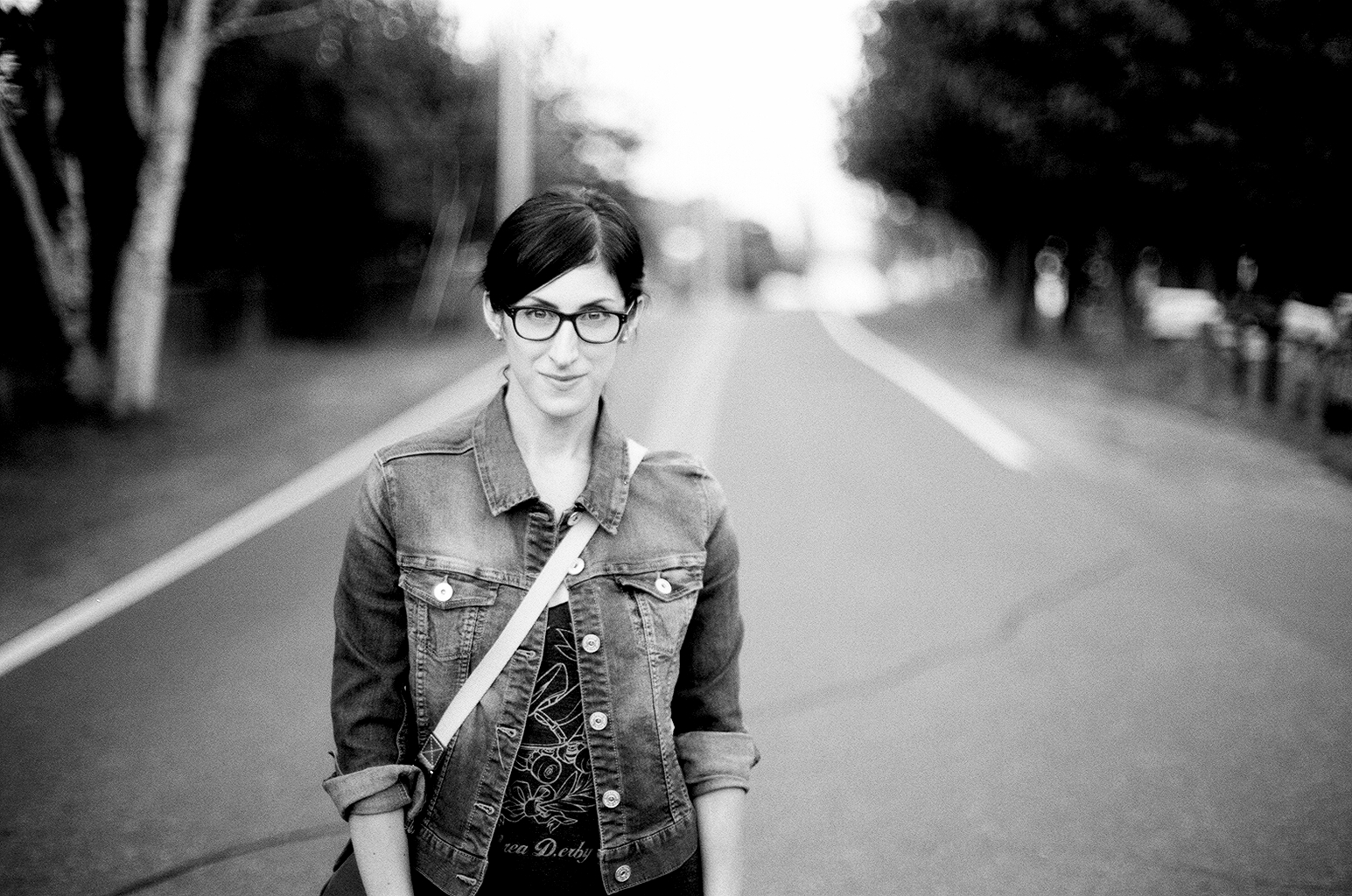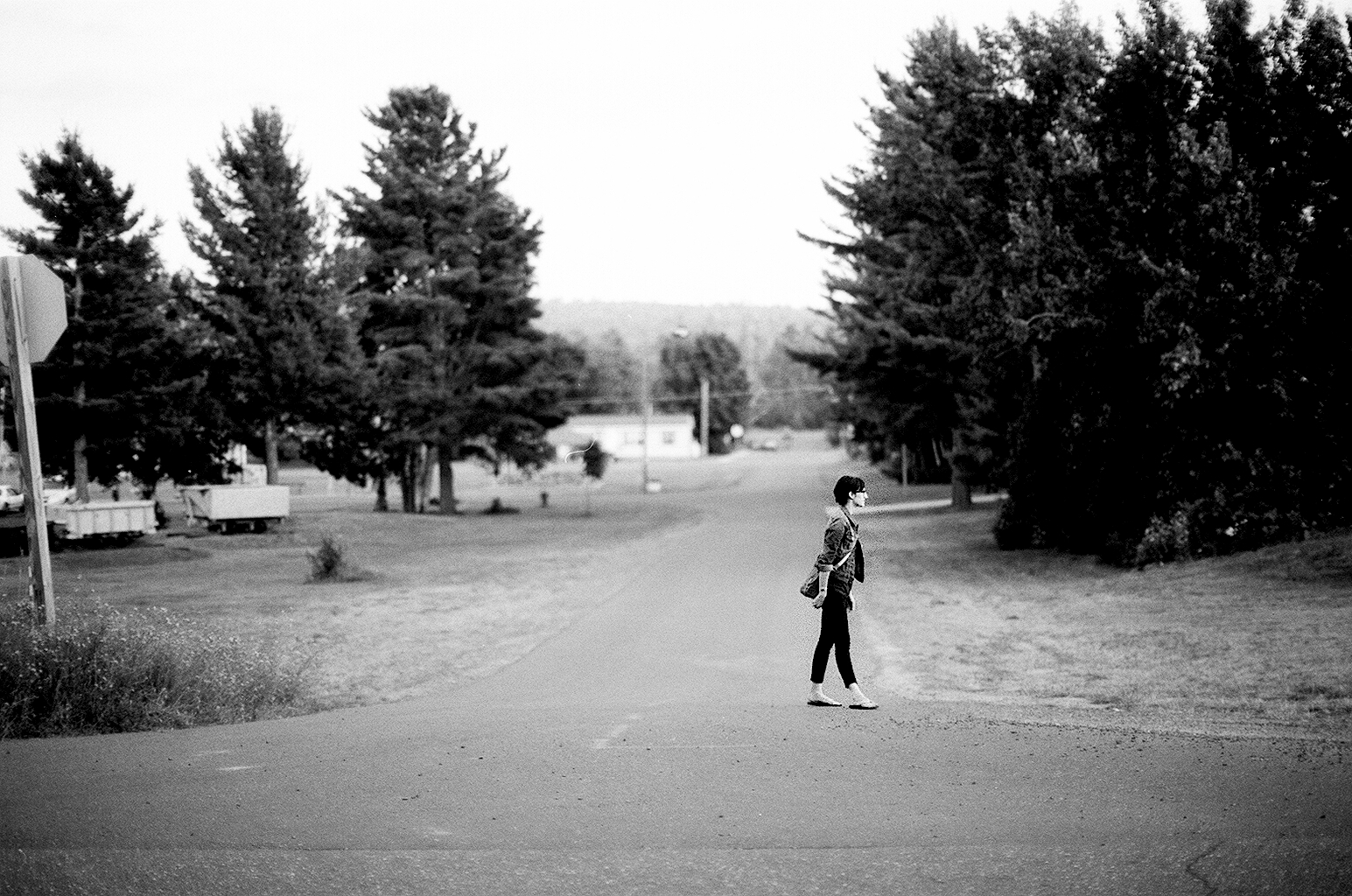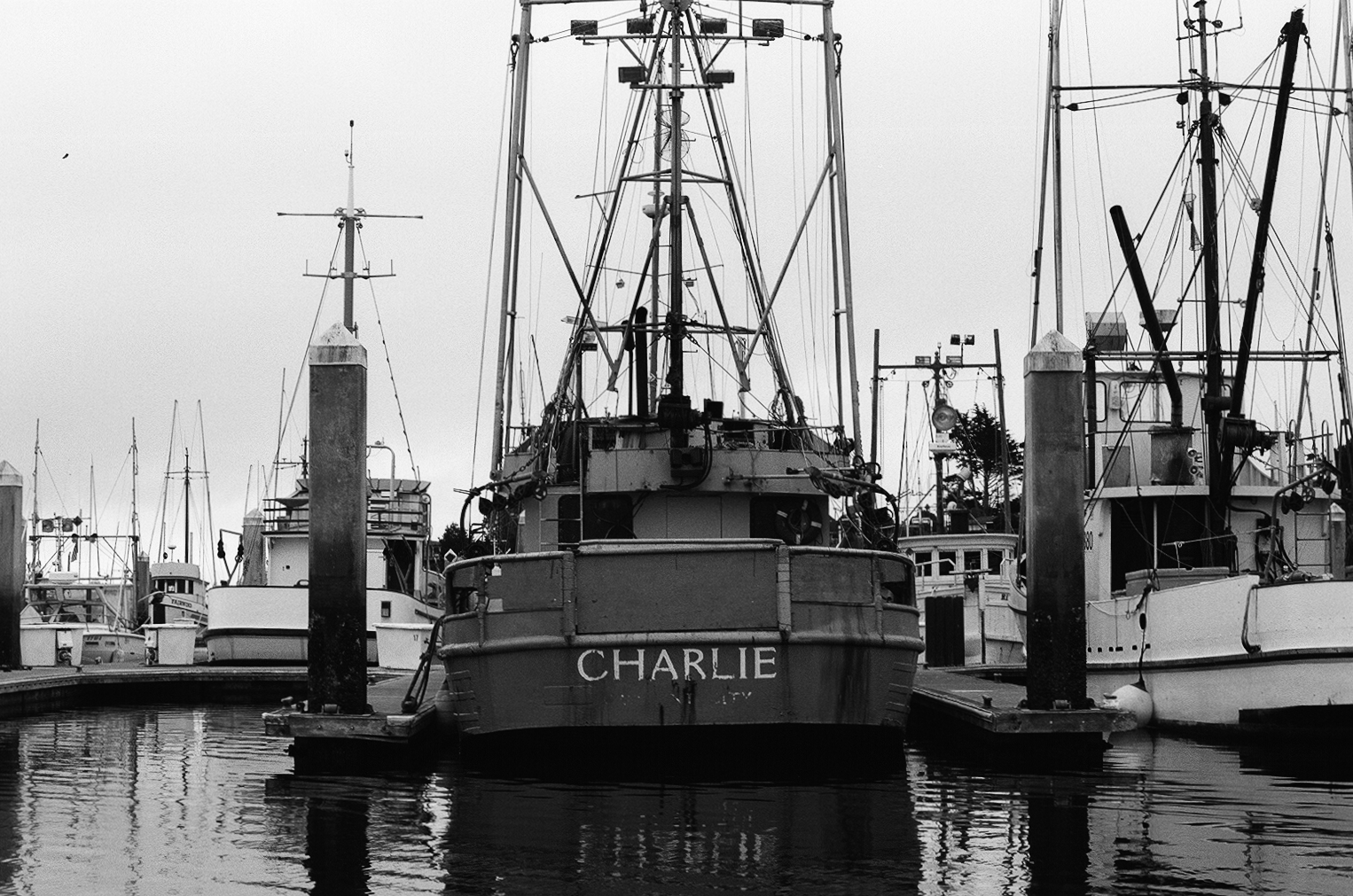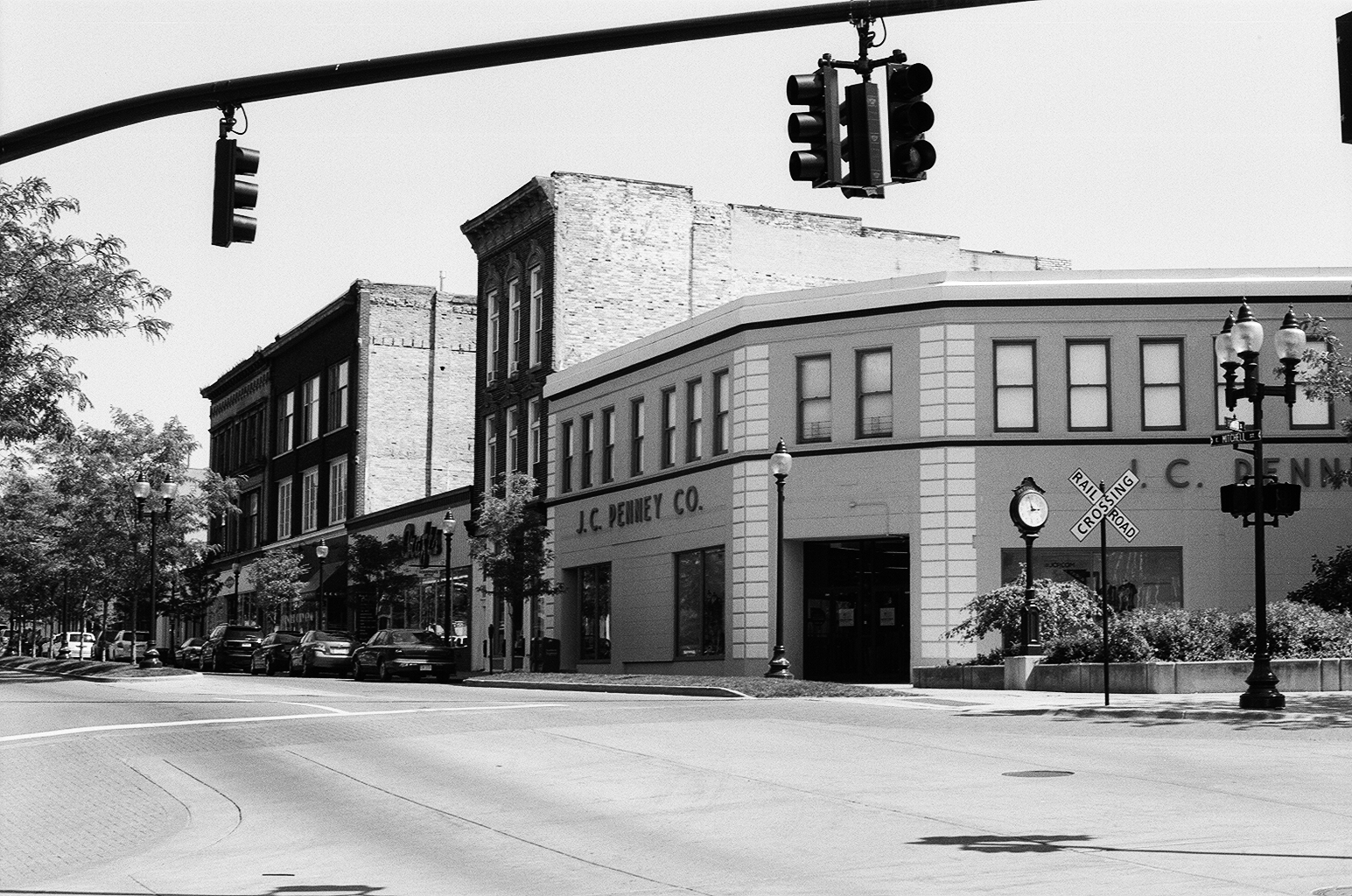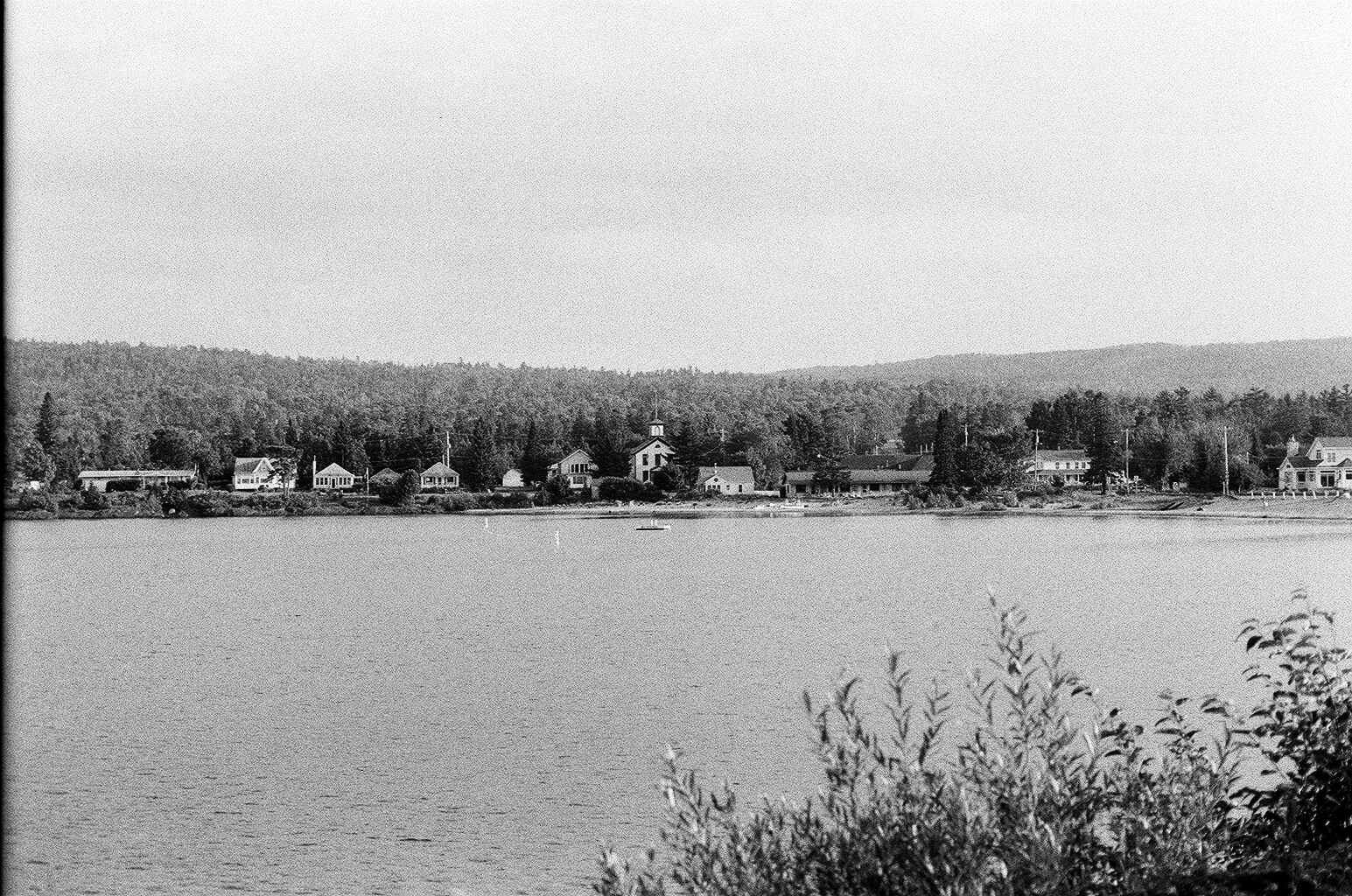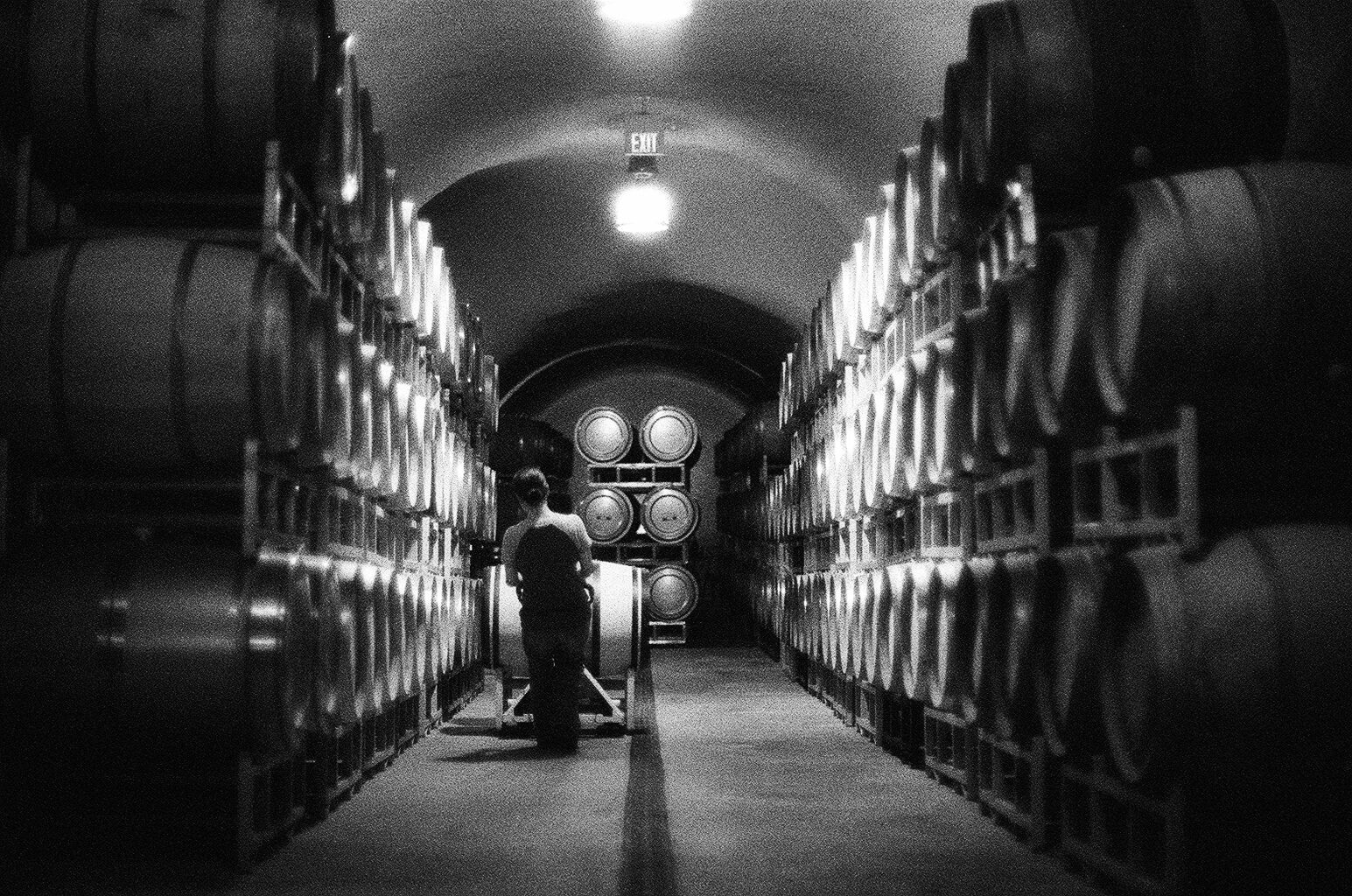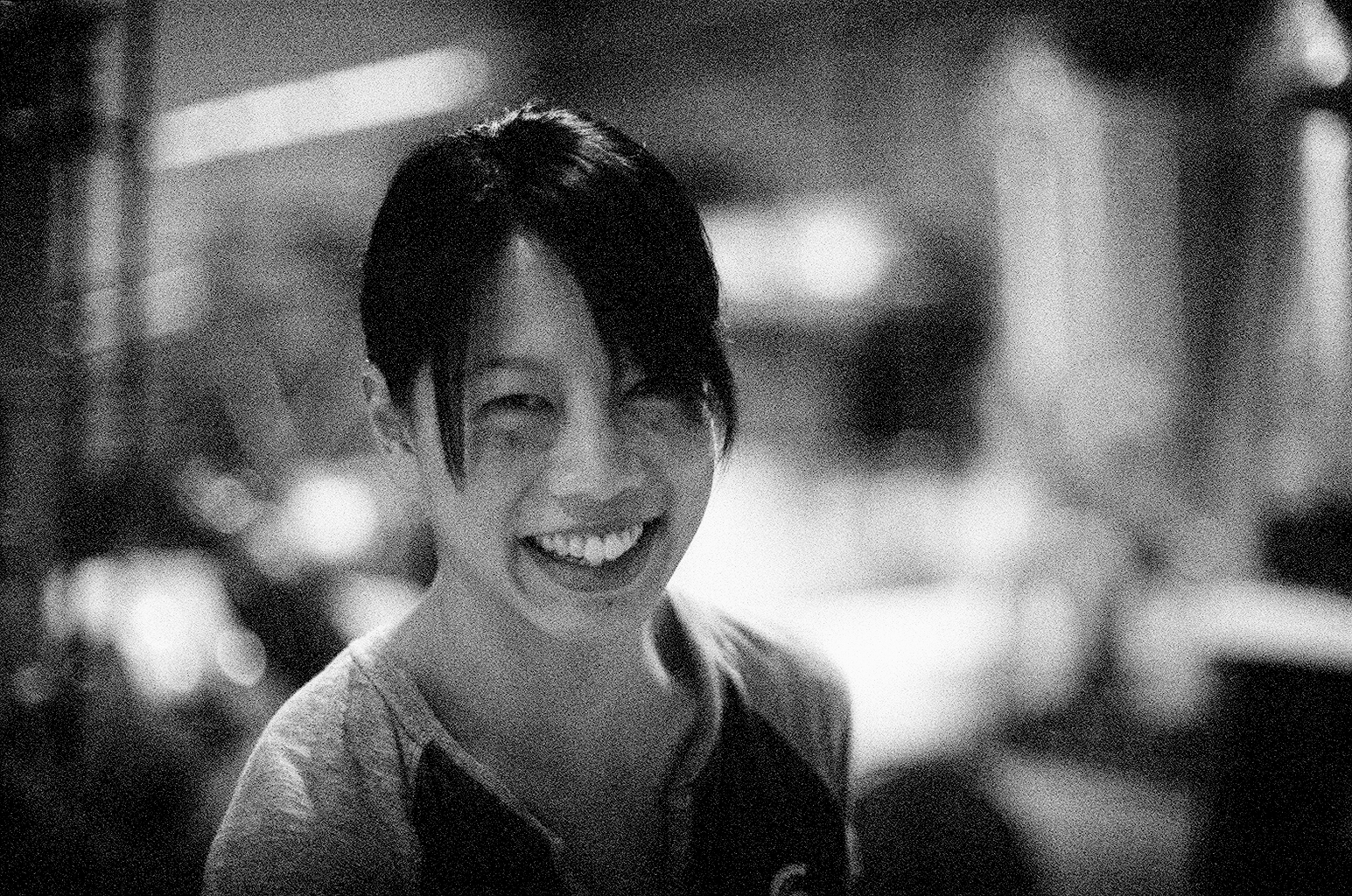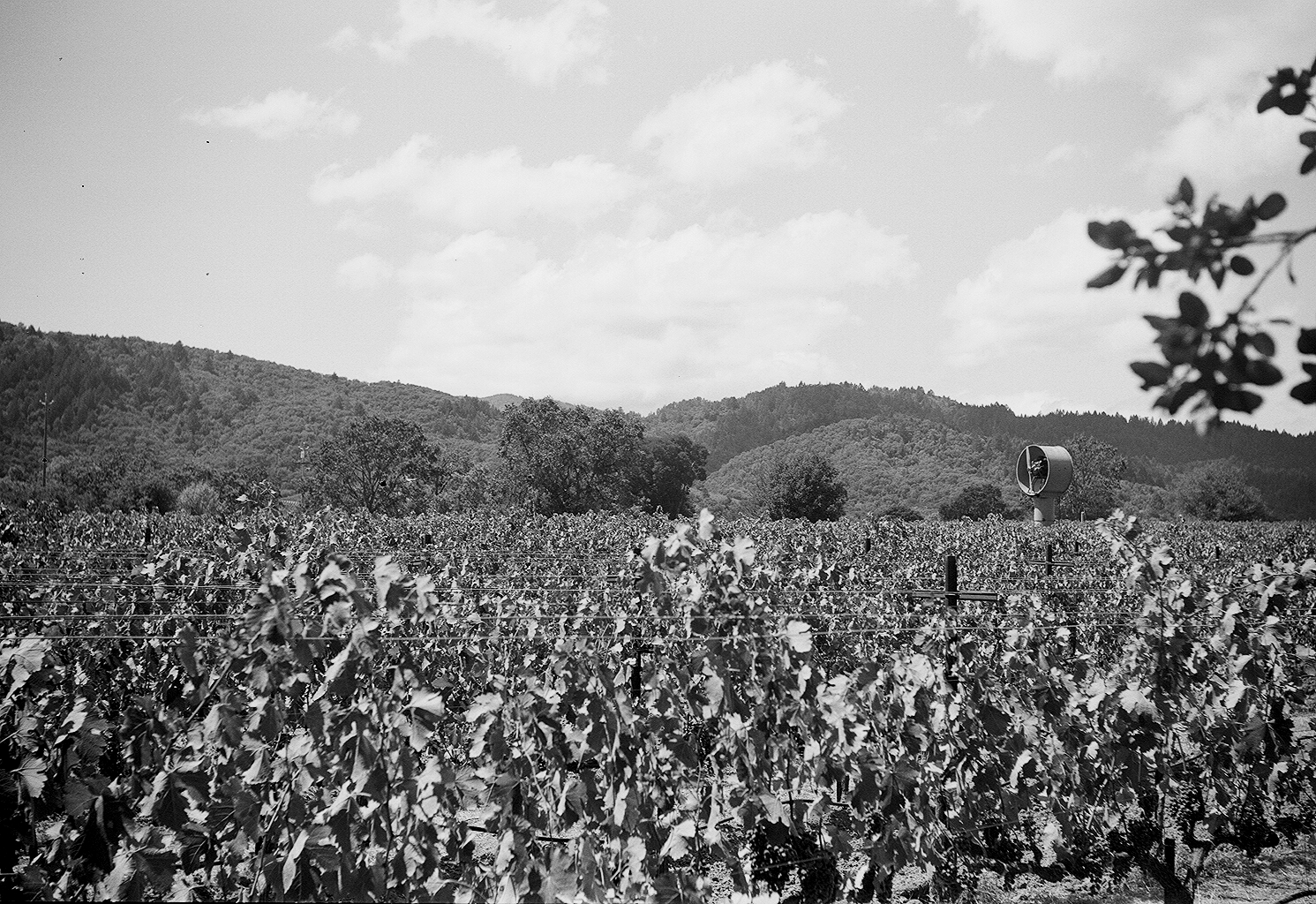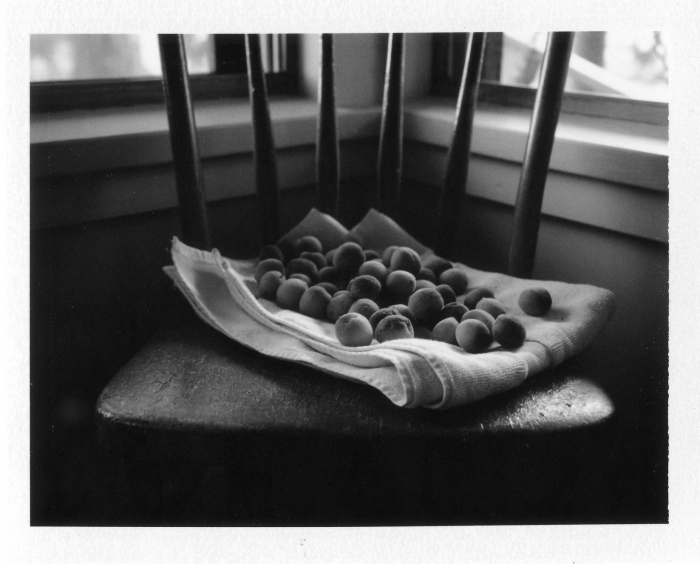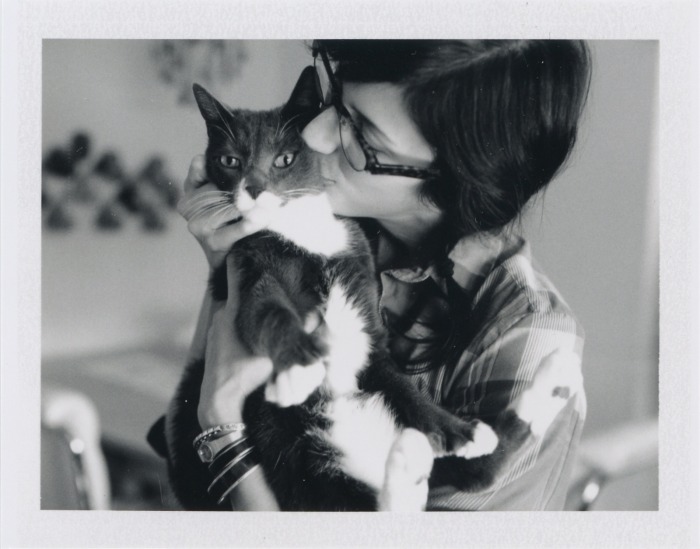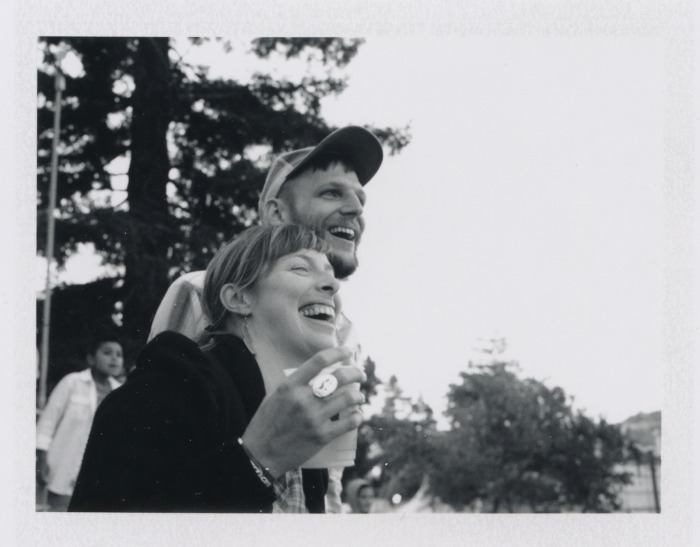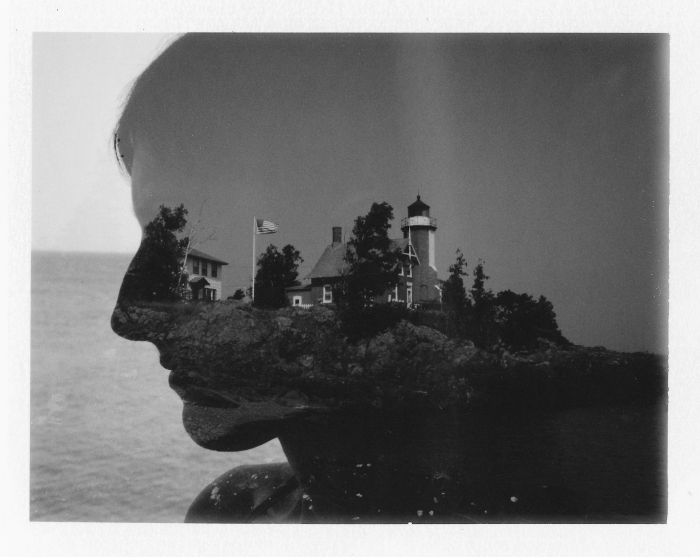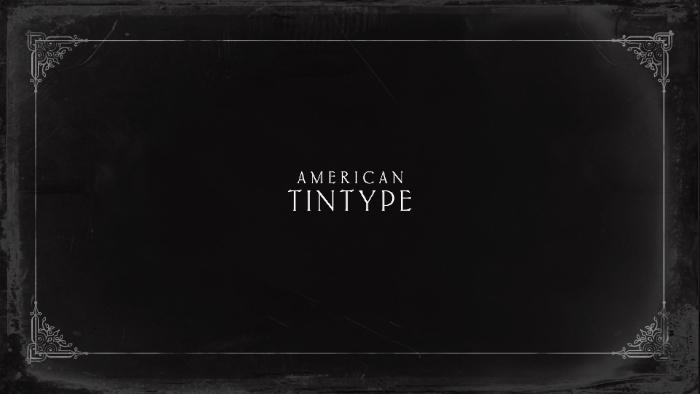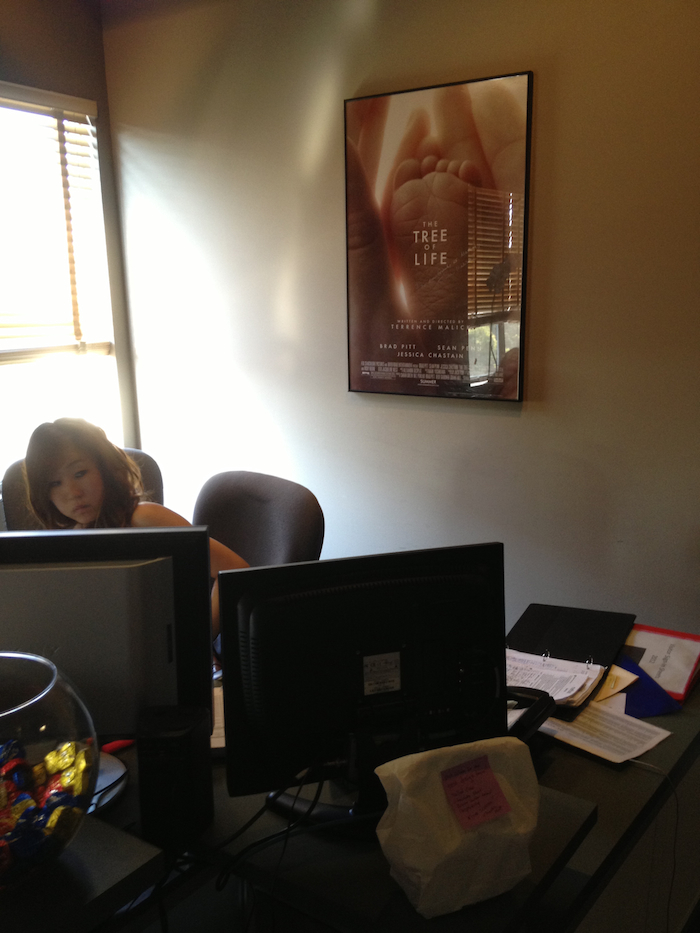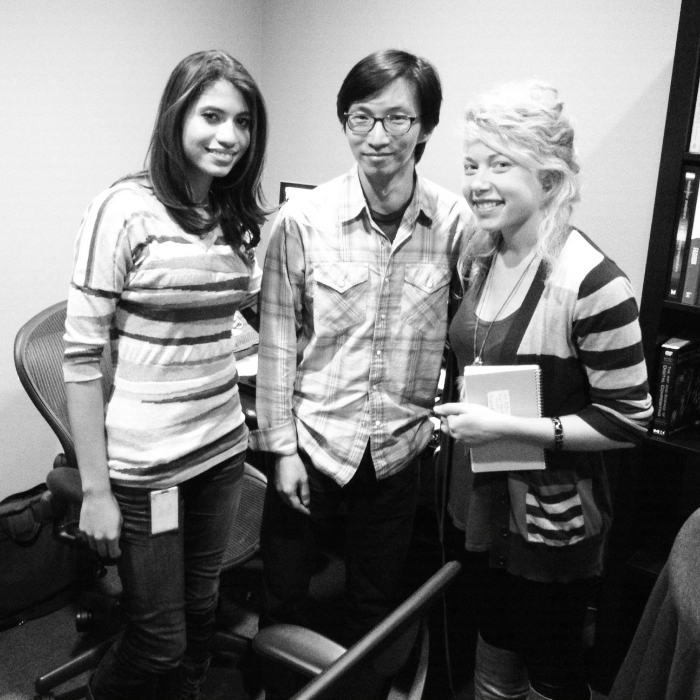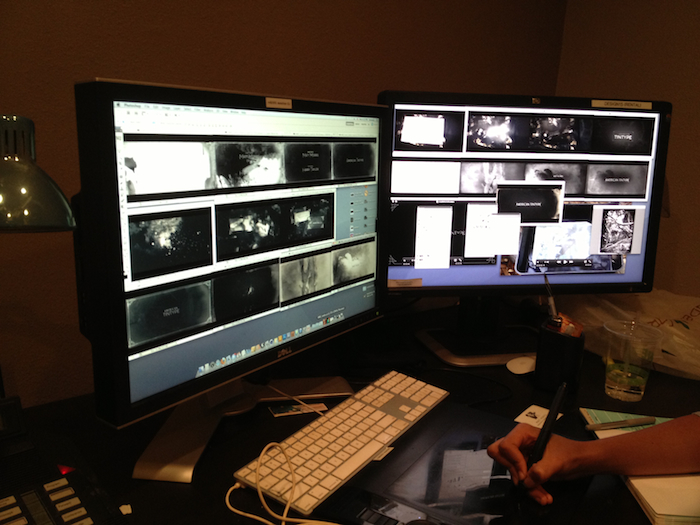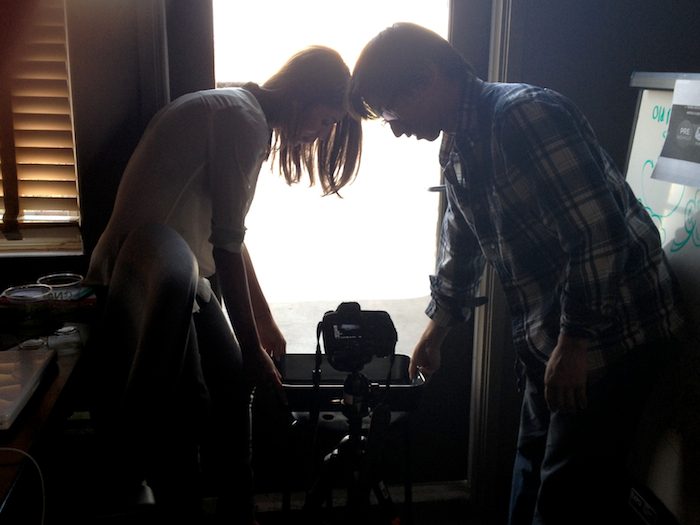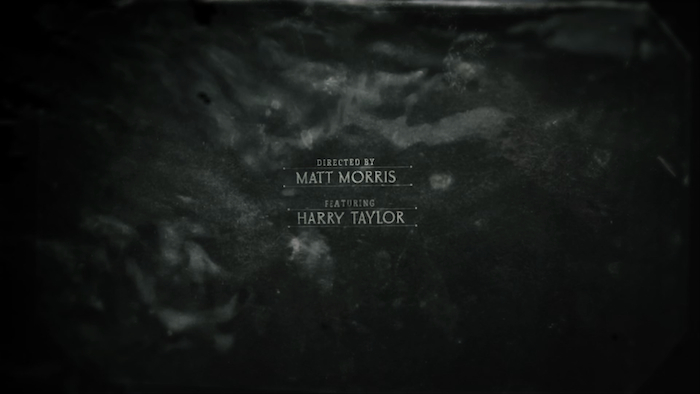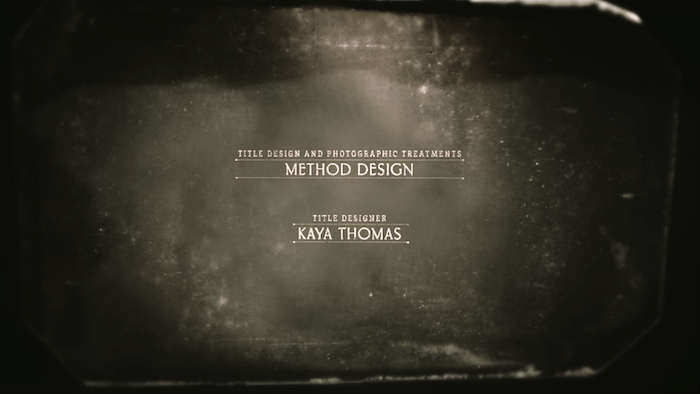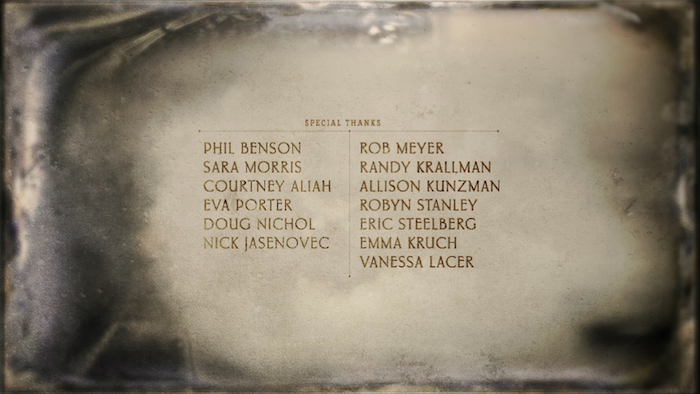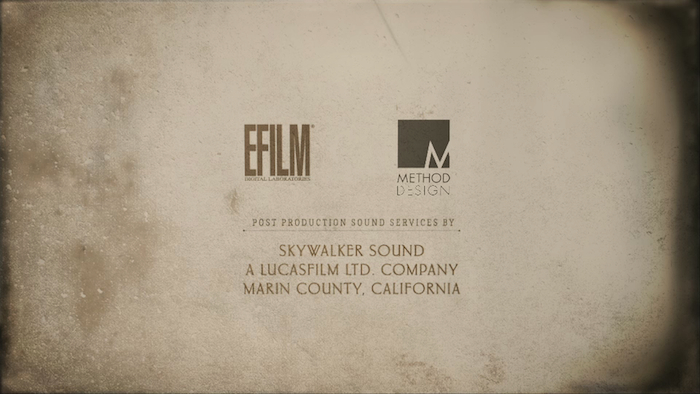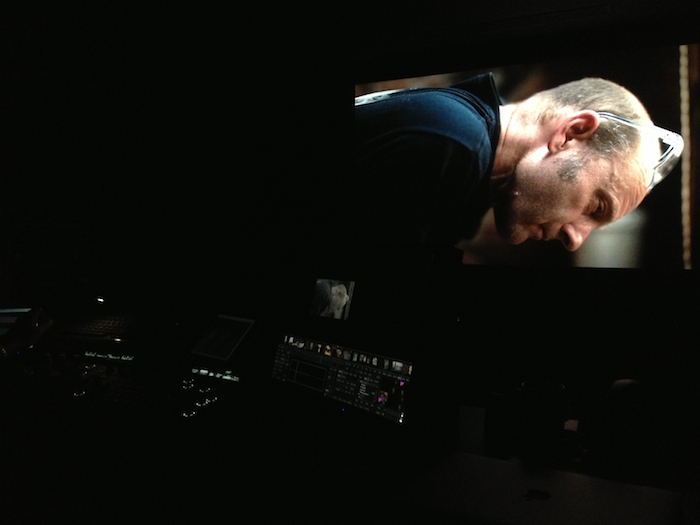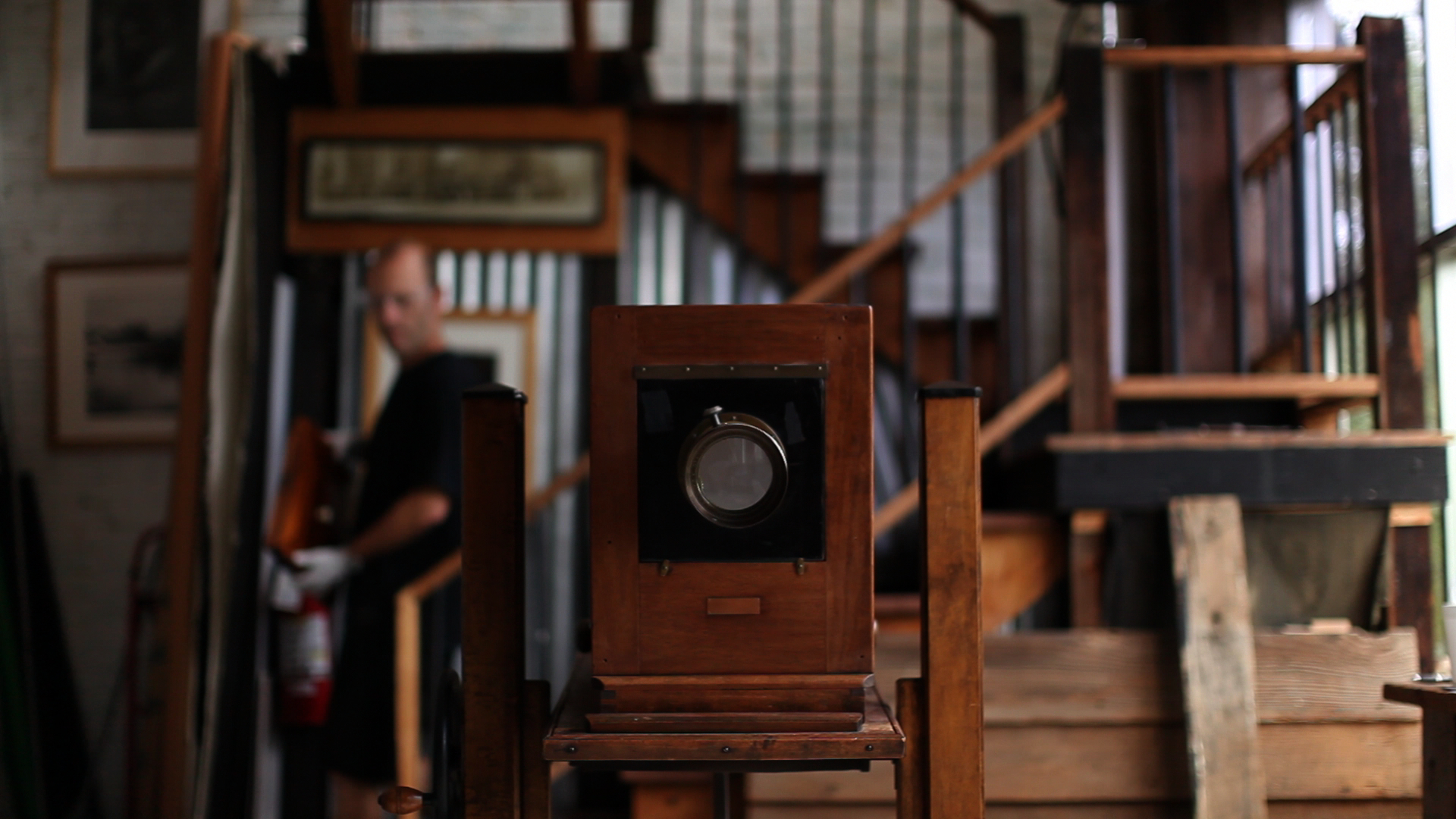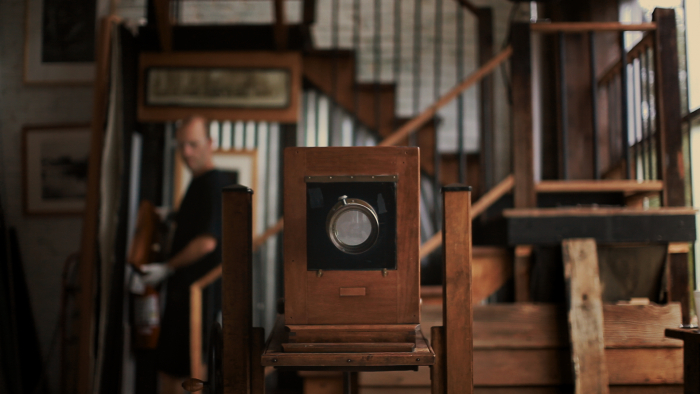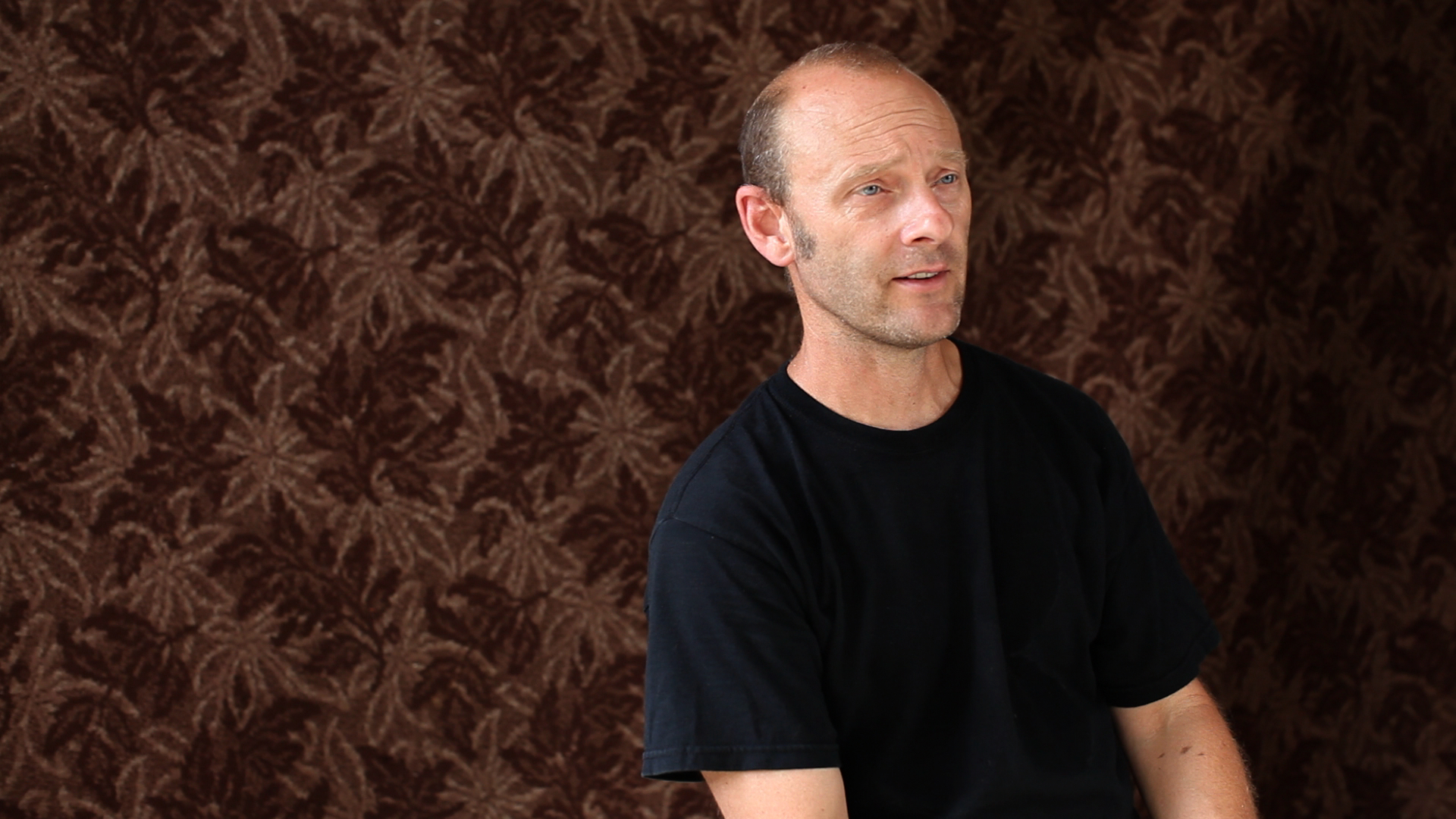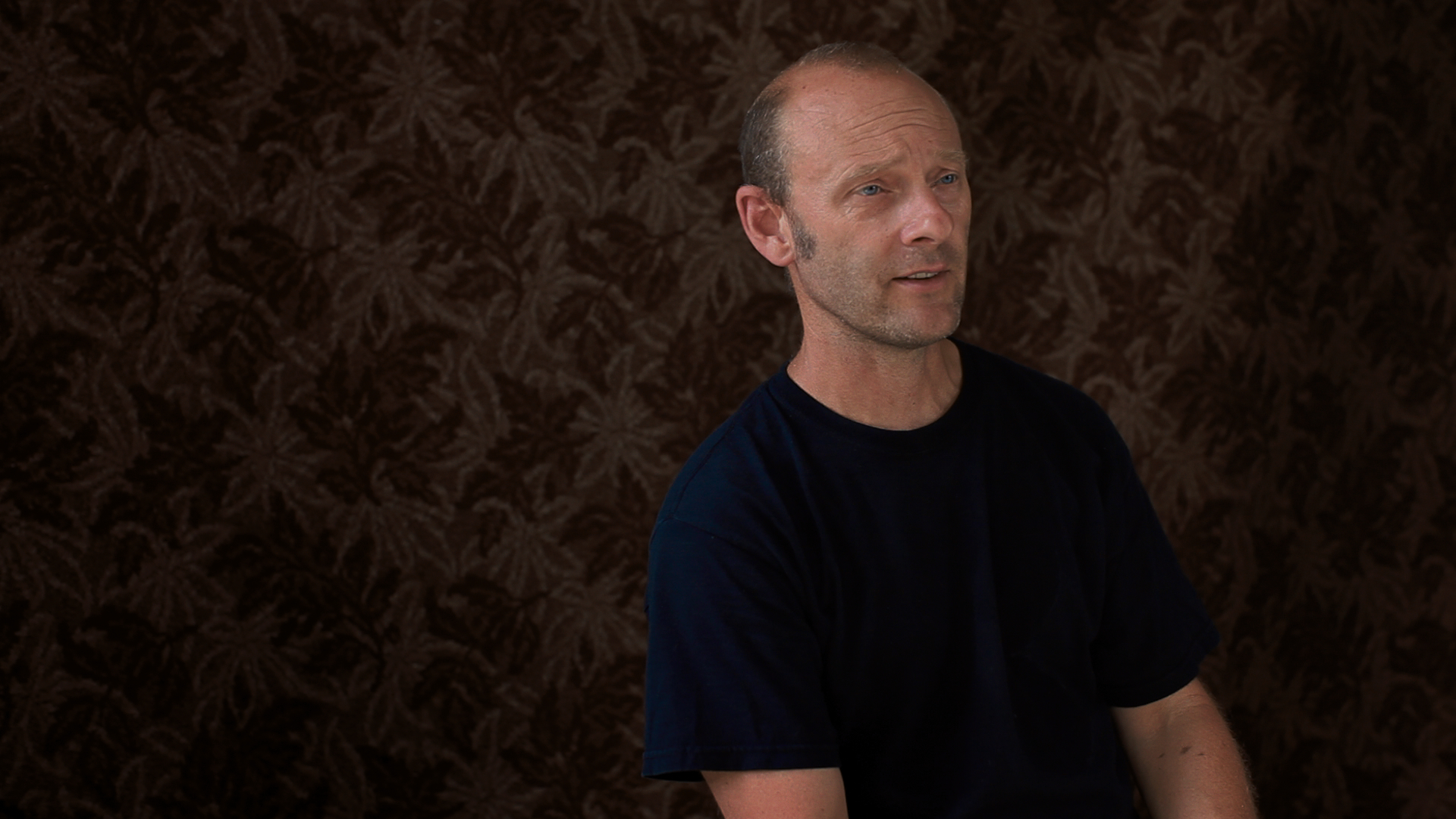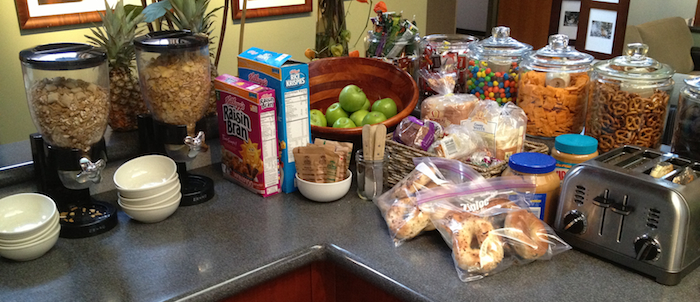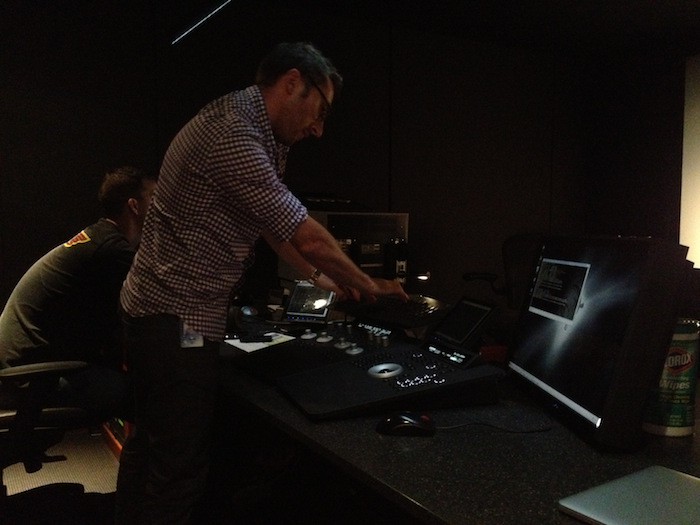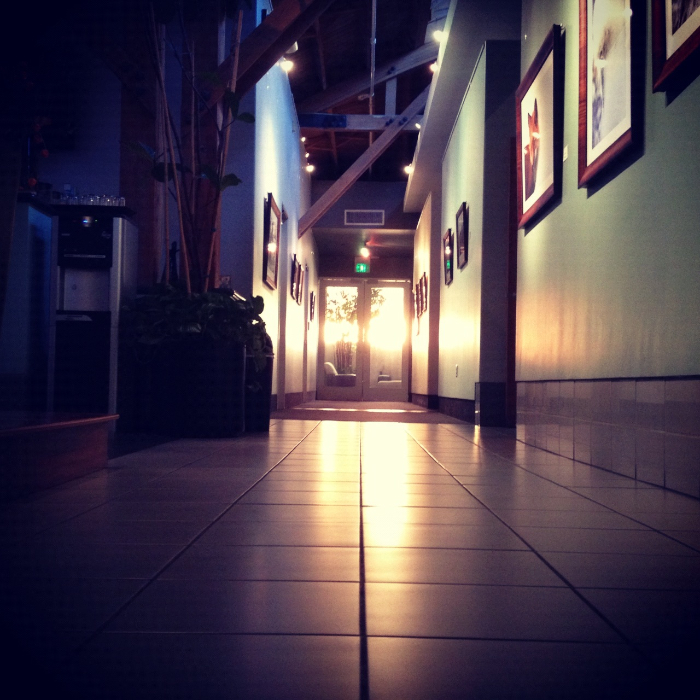 July 30, 2014
July 30, 2014 Got A Girl

I met the multitalented Mary Elizabeth Winstead through her writer/director husband, Riley Stearns. Mary recently collaborated with producer Dan The Automator on a music project called Got A Girl. It's a fantastic album- alternatively fun and moody, and soaked in vintage French pop and orchestrative hip hop. Sort of he musical equivalent of wearing a velvet smoking jacket and drinking Champagne.
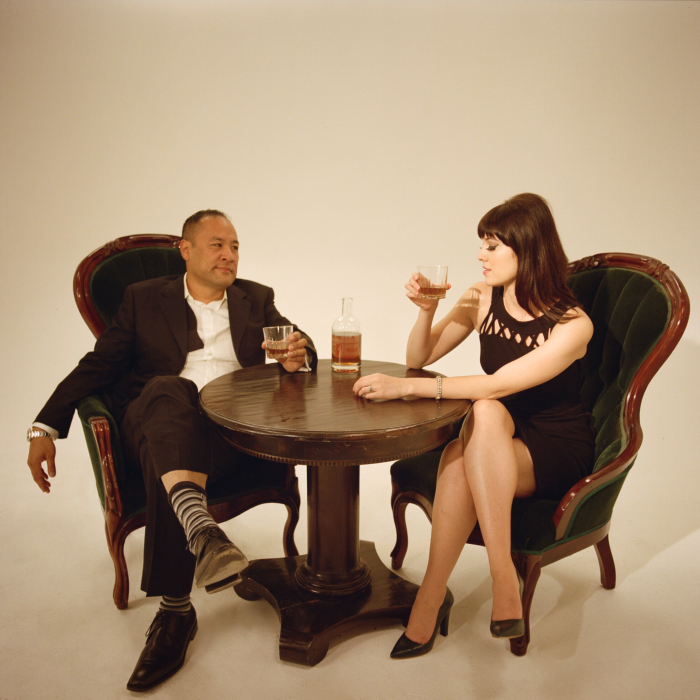
Mary asked me to direct a series of teasers for the album and I jumped at the opportunity. I've been making documentaries for so long that I've been dying for a chance to try something new. The idea was that the teasers would mostly be inspired by quirky vintage advertisements, with a bit of French New Wave thrown in for good measure. We collaborated with Maker Studios and were able to knock out 10 spots in one day. The idea was to keep everyting simple and abstract, that way we could play with ideas and make things up on the day if we wanted.
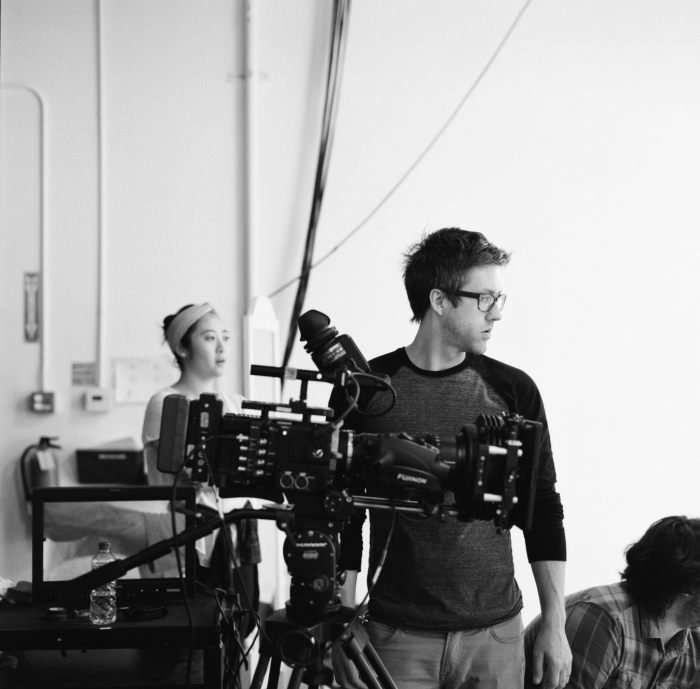
We shot on an Sony F55 with a Fuji Cabrio 19-90 lens- my first time with this camera and a really great experience. DP Jon Na and the rest of the crew were great at switching set ups and keeping things as simple as possible in order for us to maximize the limited time we had available. I couldn't believe we were able to do everything we wanted in one day.
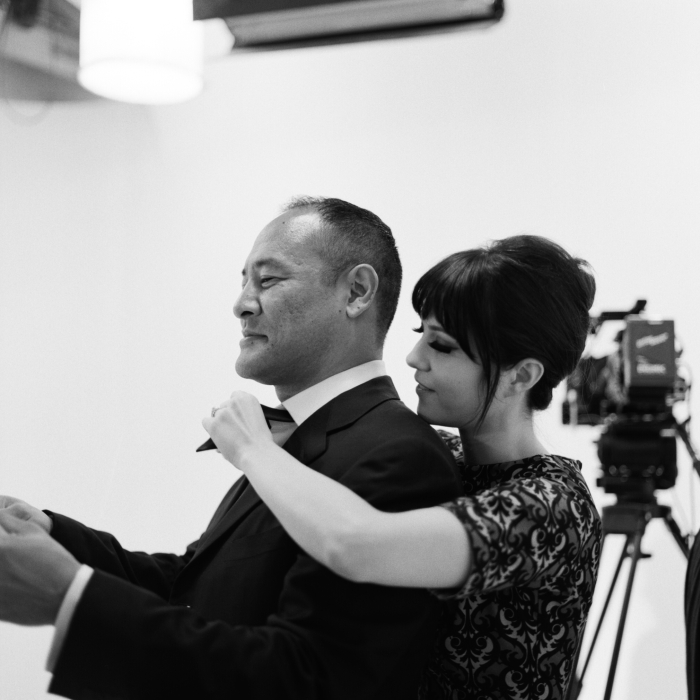
The post-production was a rush as well- they started rolling out online a week after our shoot. I stayed up editing the night of the shoot and had two spots cut together by morning, which were then color-corrected that afternoon. My friend Diego Ongaro provided the heavily accented narration from his cabin in the woods of the Berkshires via the power of the internet, despite being in post-production of his own film, Bob and The Trees.
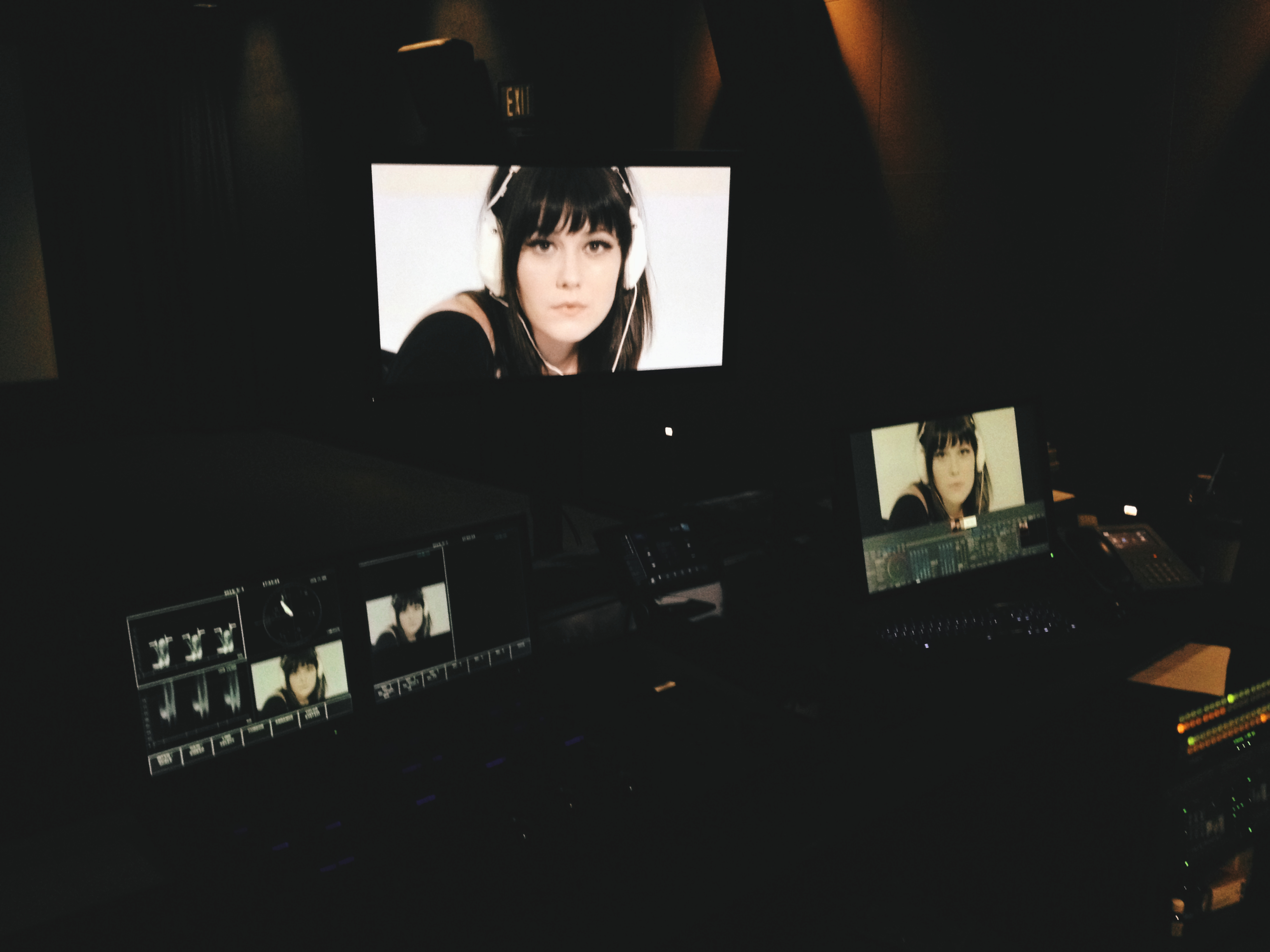
I was extremely lucky to work on the color with Natasha Leonnet at Modern Videofilm, who squeezed me in between projects. It was a joy sitting down and establishing the two "looks" for the spots (including glorious film grain), which she would later apply to the others as I finished editing. Sound was edited and mixed by Brandon Proctor at Skywalker Sound.
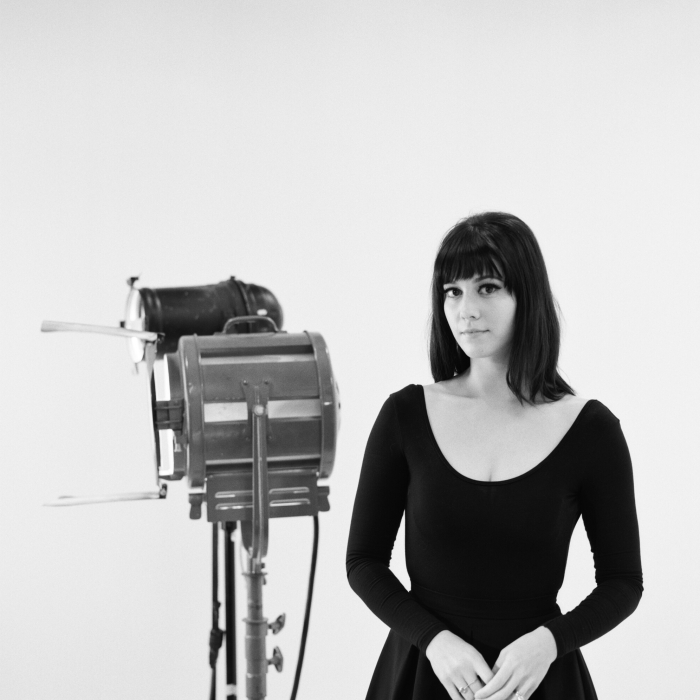
Working with a talented actor certainly has its upsides. When I make documentaries, I can't explicitly tell people what to say or do- I have ideas of how I want things to go, and I try to create situations where they will happen without me forcing it. It's an interesting process, but can certainly be frustrating if things aren't going the way you'd like. And of course, the subjects are people who are not familiar with the mechanics of filmmaking, and aren't sure how things will look or cut together, which often works against you. This was a very different experience.
The first spot we shot was a single take of Mary listening to the album. Mary had the idea of using a specific song and we wanted to use a slow zoom and have her eventually look directly down the barrel of the lens. There were a few moving parts here- mostly in terms of timing, and I had ideas about how I wanted Mary's movements to progress, but I figured we'd shoot one just to see how it looked so I could better describe what I wanted and how we should change things for the next take. Instead, Mary nailed it on the first try and every one after that. Her control over her movements and understanding of the progression of feeling was spot on. The mood of the piece was perfect, and it's still one of my favorites.
The rest of the spots were a lot of fun to conceptualize and shoot- especially when you have an excuse to paint a chicken gold or saber a bottle of Champagne in slow motion. Both Dan and Mary brought a lot of great ideas to the table.
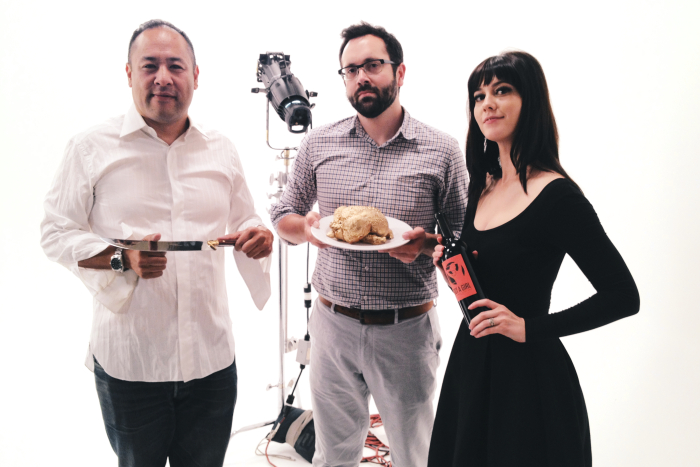
The album is out now and I highly recommend checking it out. Mary can next be seen in Riley's feature film FAULTS, which premiered at SXSW this year. The glimpses of the film that I've seen are enormously exciting- Riley is one of the rare talents with a unique voice who knows exactly who he is as a filmmaker right from the start. Both Mary and Riley are wonderful, inspiring, and talented people, and make me want to move into more narrative filmmaking as soon as possible.
M
 Behind The Scenes,
Behind The Scenes,  Photography,
Photography,  Updates
Updates 
